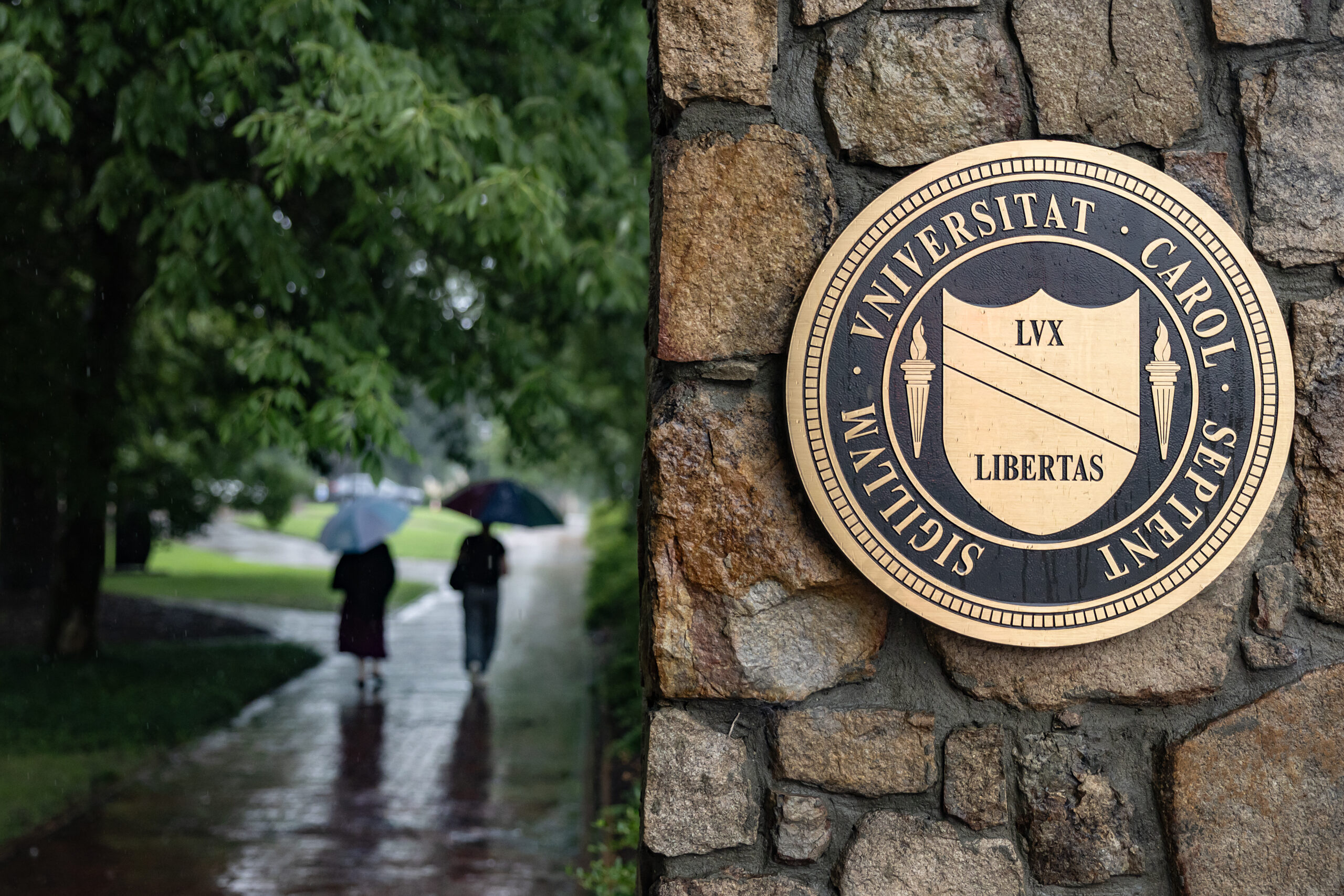A new workforce model developed at UNC forecasts significant nursing shortages over the next decade.
NC Nursecast is a web-based, interactive workforce model that forecasts the future supply and demand for nurses in North Carolina. Developed by the UNC Sheps Center’s Program on Health Workforce Research and Policy, the model aims to help state employers, educators, and policy makers plan for the future of healthcare – and in this case what is an apparent nursing shortage.
By 2033, North Carolina is expected to face an estimated shortage of nearly 12,500 registered nurses and more than 5,000 licensed practical nurses – that’s 11 and 27 percent of the projected workforce respectively. Now, with pandemic stressors leading to increased burnout in healthcare settings, these shortages are expected to get worse.
“I want to emphasize that this project was two years in the making,” said Dr. Erin Fraher, a policy analyst and the director of UNC’s Sheps Center. “We started this before COVID hit, anticipating that the North Carolina nursing workforce was going to be in crisis. Never could we have imagined we would be releasing this in the midst of a pandemic that is really wreaking havoc on the North Carolina health workforce and particularly on nurses.”
Fraher said this model will be able to give stakeholders the data they need to understand the complexities of the nursing workforce as well as examine possible surpluses and shortages by location.
“We believe that our model is much more robust and transparent and part of the reason is that our model draws on licensure data obtained from North Carolina,” Fraher said. “So, we actually know every single nurse who’s licensed to practice.”
Fraher said the largest shortfalls for RNs will occur in hospitals, where demand is expected to exceed supply by nearly 10,000 positions by 2033. She said North Carolina’s expanding aging population also fuels a need for more RNs in nursing homes, extended care, and assisted living facilities, where the demand is forecasted to exceed supply by nearly 31 percent.
For licensed practical nurses already working in said assisted living facilities, forecasted data shows those settings facing a 50 percent shortage by 2033.
NC Nursecast also allows users to explore different “what if” scenarios that would alter the forecast. For example, what if nurses experience increased burnout and exit the field two or five years early?
“When we went through the modeling, we started this before the pandemic hit,” Fraher said. “Even before the pandemic hit, we were looking at a projected shortage of 10,000 nurses. If you add that early exit, everybody exits five years earlier, you’re looking at a shortage of 21,000 nurses.”
Model data shows that, over the next decade, metropolitan areas are expected to face far greater nurse shortages than rural areas – with Greensboro and Winston-Salem facing the greatest shortages followed by the Triangle and Southcentral Charlotte. Fraher said rural areas, however, will not be exempt.
“We have a nursing shortage straight across the board,” she said. “Of the workforce that I am most concerned about right now, I am most concerned about nursing. We have shortages in urban areas. We have shortages in rural areas. We have hospitals desperate for nurses.”
Even if the state grows its nurse supply by 10 percent with new graduates, Fraher said North Carolina will still face a shortage of more than 10,000 nurses in 2033. She said these findings highlight the importance of investing in efforts to retain nurses rather than assuming an increase in graduates will address workforce shortfalls in the coming years.
“So, the message that I want to leave you with, leave policymakers with,” said Fraher, “is it’d be great if we could expand enrollments, but what we’re really going to have to focus on is retention. And it’s going to get worse before it gets better.”
Learn more about NC Nursecast here.
Lead photo via AP/Elaine Thompson.
Chapelboro.com does not charge subscription fees. You can support local journalism and our mission to serve the community. Contribute today – every single dollar matters.











